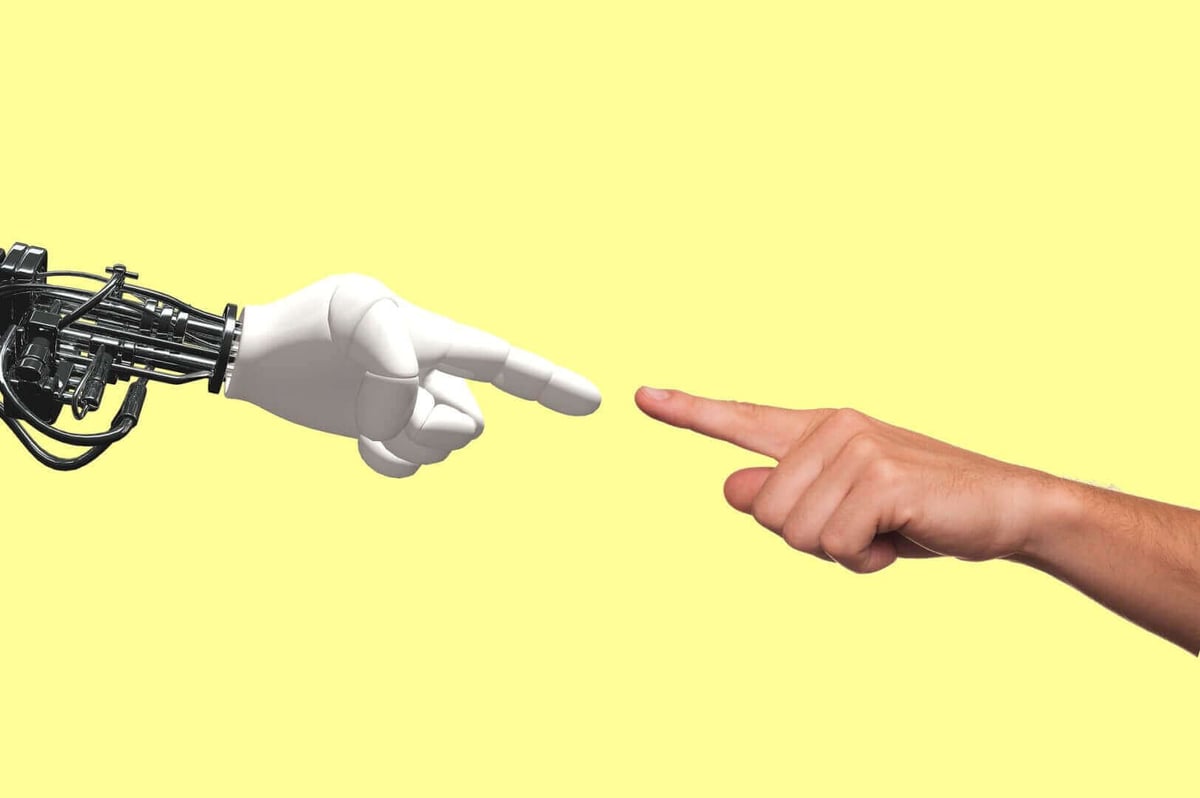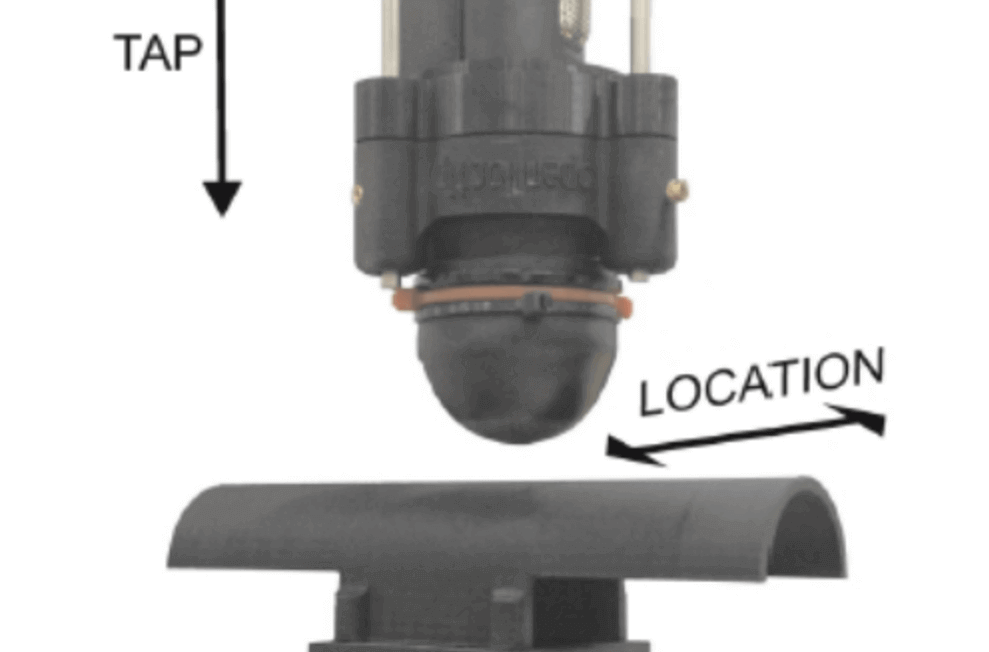Researchers from the University of Bristol and BRL received funding to develop a biomimetic forebrain giving 3D printed robot hands a sense of touch.
It definitely sounds like sci-fi – a team of researchers have plans to develop robot hands with feeling. The researchers have been funded by the Leverhulme Trust under the Research Leadership Award scheme.
Their aim is to develop a biomimetic forebrain. Hopefully, this forebrain will be able to control 3D printed robot hands and give them a sense of touch.
To create the biomimetic forebrain, the scientists will use the £1 million award money to research the neural system of mammals. By doing this, they aim to work out how communication of touch works in both animals and humans. If they succeed, they would be able to create robots which work in a similar way.
The research project will be led by Dr. Nathan Lepora from the University of Bristol and Bristol Robotics Laboratory (BRL). He is the leader of the Tactile Robotics research group. He said:
“People see a robotics revolution happening but many things won’t be achieved if robots don’t have hands that they can use to dexterously control the world around them through a sense of touch.
The five-year research program’s final goal is to develop a 3D printed robot hand which holds the biomimetic forebrain.

The Making of Tactile 3D Printed Robot Hands
“Human-like tactile dexterity” is the aim for this 3D printed robot hand. However, it’s a long road to get there and will involve neuroscience, psychology, and philosophy of the brain in order to happen.
As robots are an unavoidable part of life, developing their sense of touch is crucial. There are many predictions for how robots can be used from working as assistant living aids, personal robot helpers, factory workers or even nurses and surgeons.
However, robots are not yet able to perform any of these tasks. The reason for this is that nobody knows how to simulate what the hands feel and how to control these actions. Without this, robots are unable to solve “interactive tasks predicted for advanced manufacturing.”
This is where the new research project comes in. Dr. Lepora adds:
“It’s about bringing together tactile hands and algorithms based on how the brain works. Why is it so difficult? The human hand has evolved over tens of millions of years. People’s intelligence has evolved in tandem with their hands to give them their unique role in the animal kingdom of being able to manipulate their surroundings so profoundly. So replicating that in a robotic device is both a challenge and an inspiration.”
Want to learn more? Head over to The Tactile Robotics research group at Bristol Robotics Laboratory page. This team aren’t to be underestimated – watch this space.
Source: University of Bristol

License: The text of "Researchers Develop Biomimetic Forebrain for 3D Printed Robot Hands" by All3DP is licensed under a Creative Commons Attribution 4.0 International License.